AMD RX 6800 XT runs at almost half the frame rate of Nvidia's RTX 3080 in Vulkan Ray Tracing tests
Things can only get better, right?
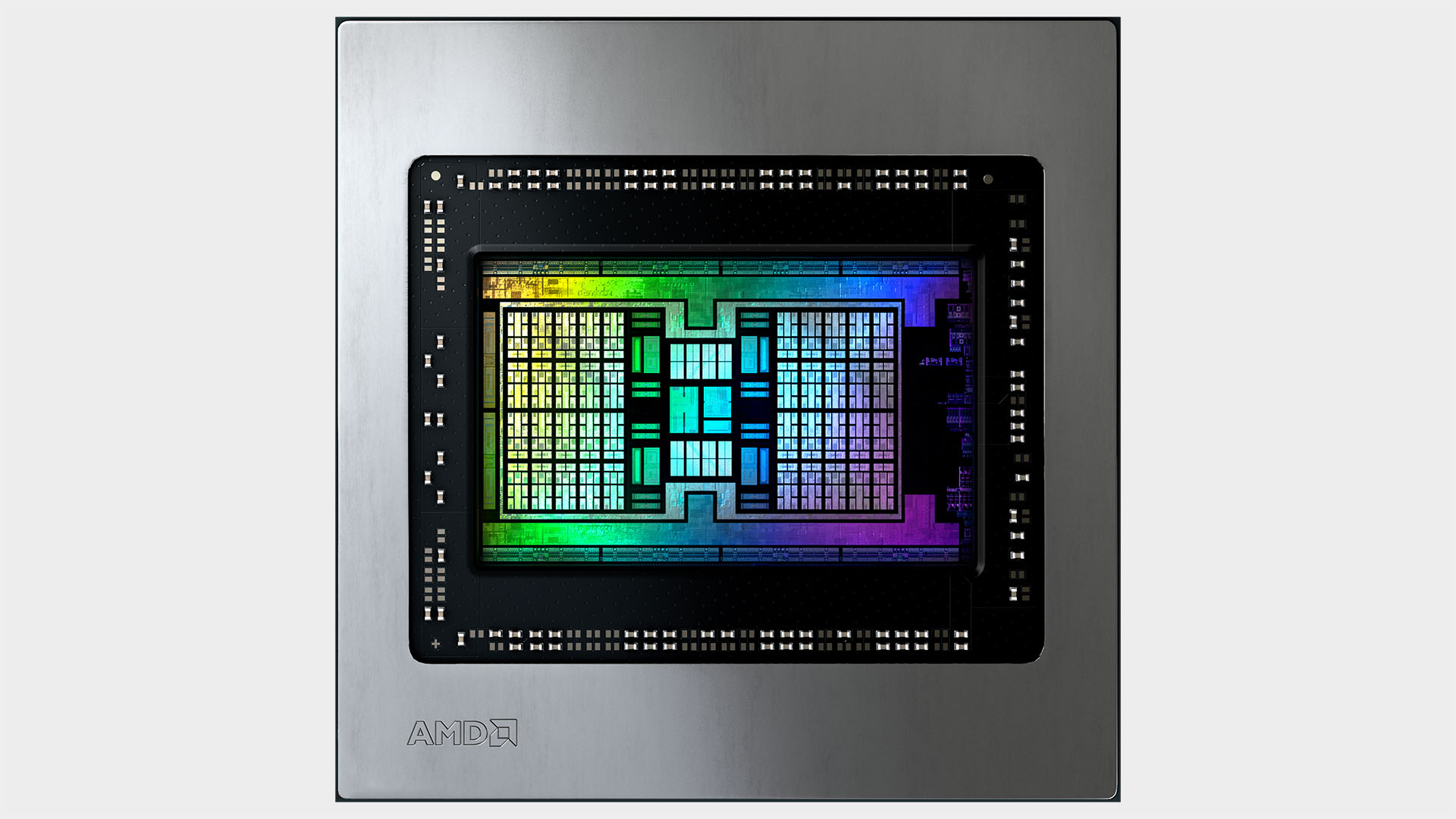
AMD is just getting started at the whole ray tracing game. The AMD RX 6800 XT marks Team Radeon's very first ray tracing enabled GPU, with the power to render Microsoft DirectX Raytracing (DXR) supporting games, albeit rather slower than the Nvidia competition. But no longer is AMD restricted to Microsoft's ray tracing API as today the Khronos group, a cross-vendor supported consortium of super-smart people, has unleashed its own GPU-agnostic ray tracing extension for Vulkan.
Vulkan is the open API which has ostensibly replaced OpenGL and is heavily based on the close-to-the-metal Mantle API AMD championed many years ago now. The Vulkan Ray Tracing extension, conversely, is heavily based on the VK_NV_ray_tracing extension Nvidia worked so hard on to get RT support baked into Vulkan all by itself.
But now it's open to all comers, making today an auspicious day in the cross-platform world of GPU-agnostic ray tracing. Leading the charge is the Quake II RTX remake which uses a full path tracer to render the lighting for its less-than-complicated 1997 geometry.
Still, as we've seen with the DXR-supported version of Minecraft, that can have a dramatic effect on the visual fidelity of the game.
Okay, it's maybe not quite so dramatic on Quake II RTX, but it can certainly impact performance to the point where even the Nvidia RTX 3080 cowers before its path tracing renderer at full 4K settings. That GPU's sporting second-gen RT cores inside it and uses third-gen Tensor cores to nail the compute-intensive denoising side of things.
So spare a thought for the AMD RDNA 2 architecture which is trying to do a whole lot of the ray tracing work on its standard compute units. That's one of the reasons why you're seeing the performance of the RX 6800 XT running at almost half the speed of the equivalent Nvidia GPU.
It's tough to be too down on AMD's GPUs at the moment when it comes to ray tracing, however, because as I said at the beginning, it's just getting started.
The biggest gaming news, reviews and hardware deals
Keep up to date with the most important stories and the best deals, as picked by the PC Gamer team.
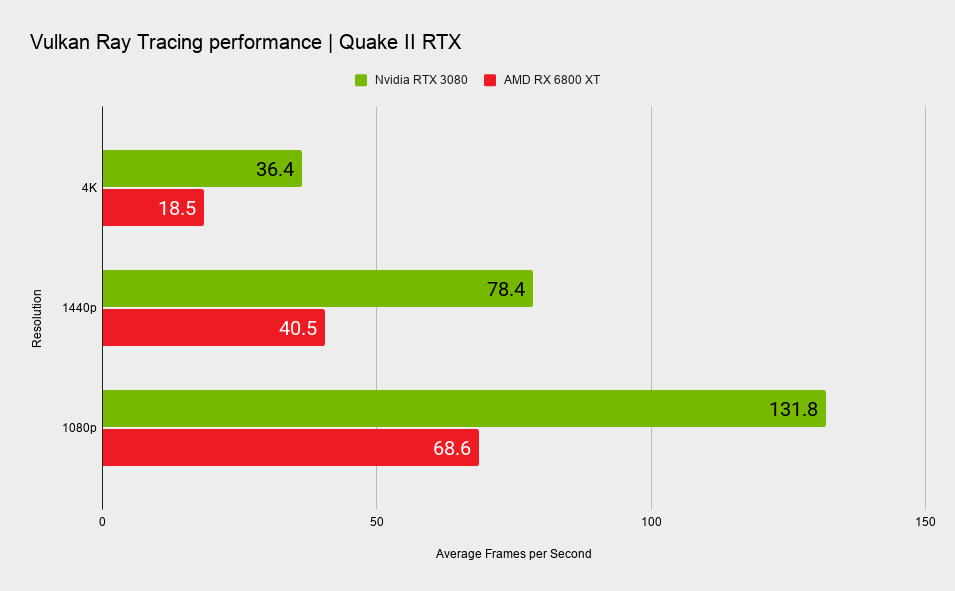
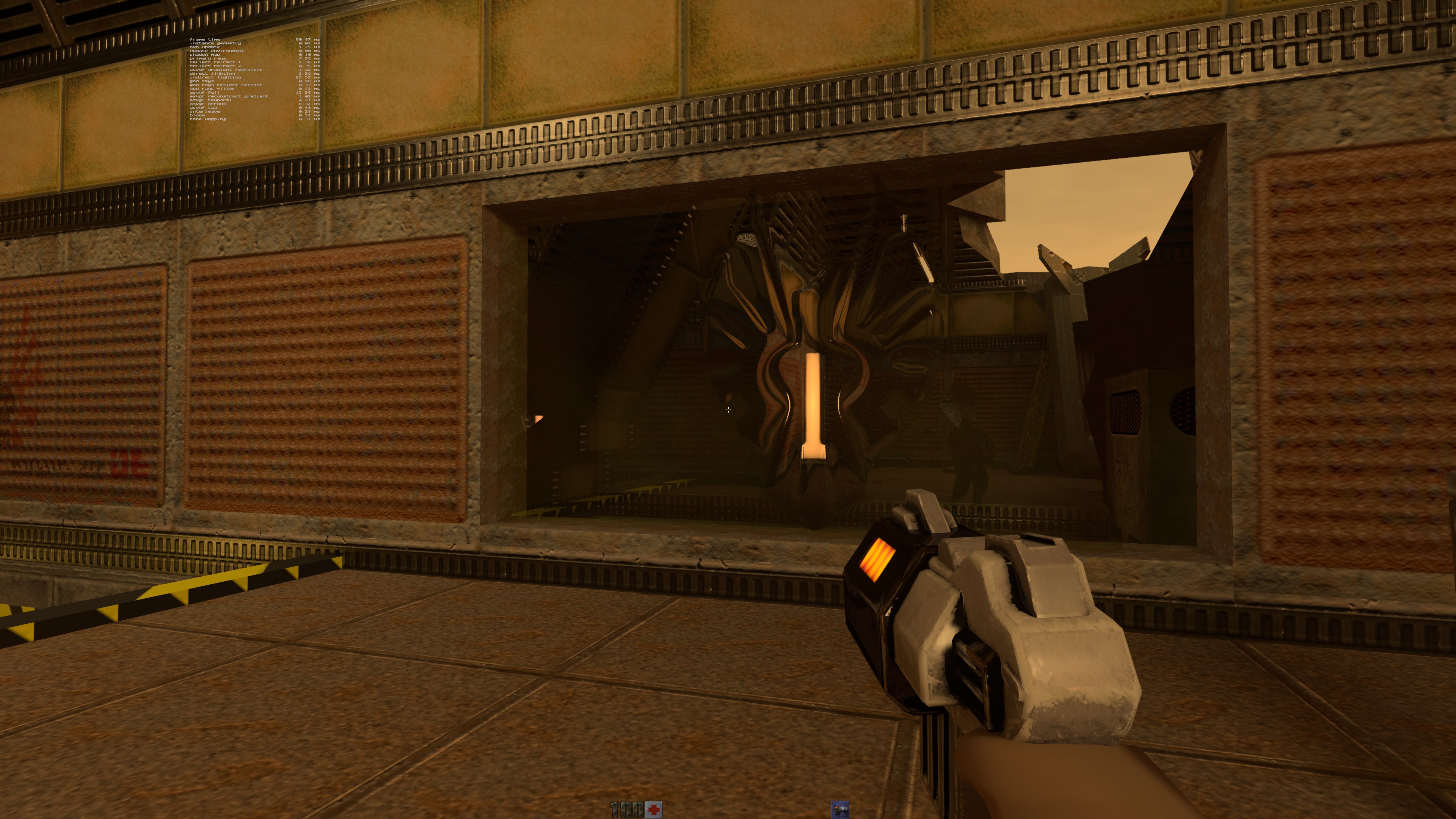
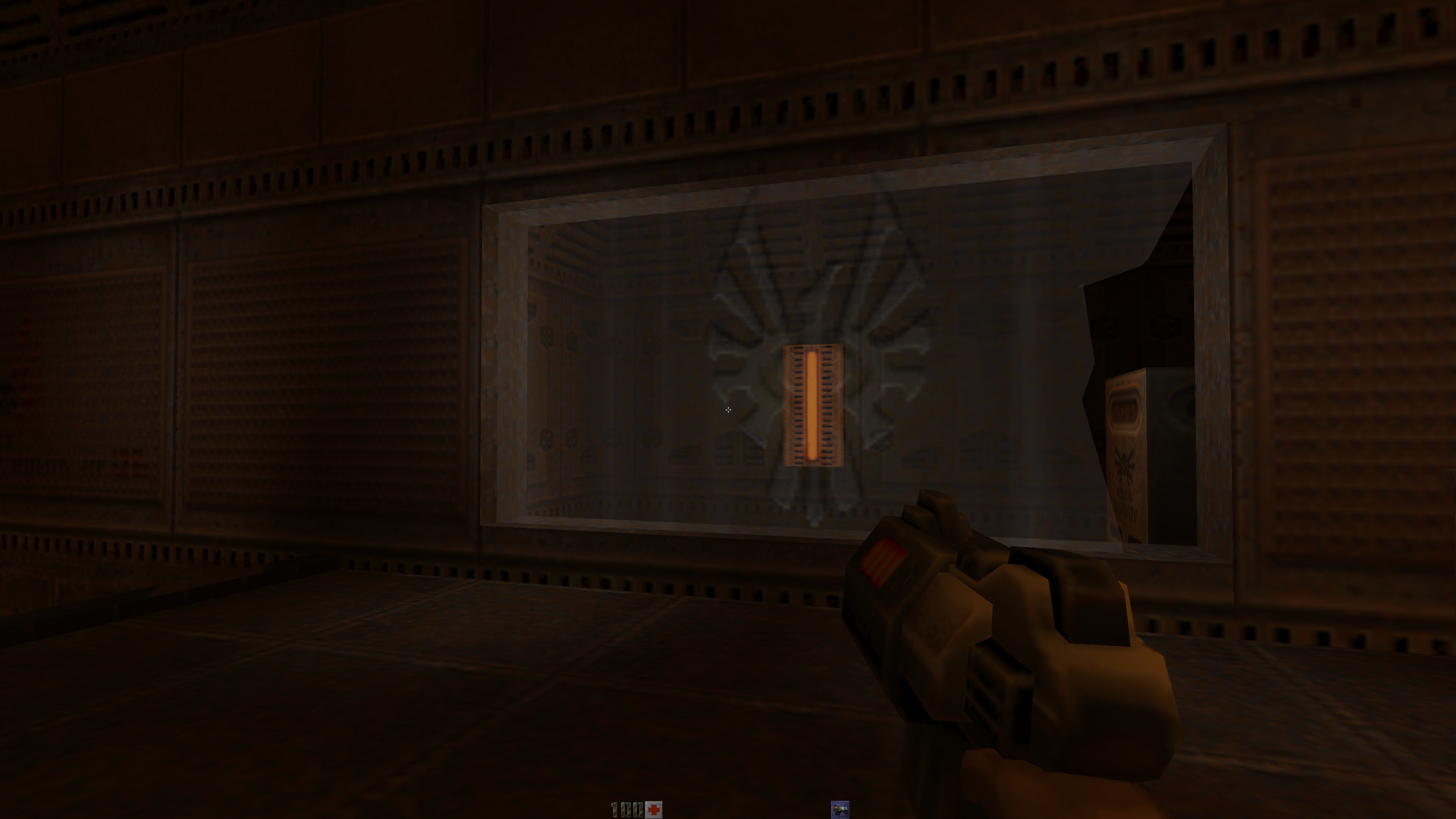
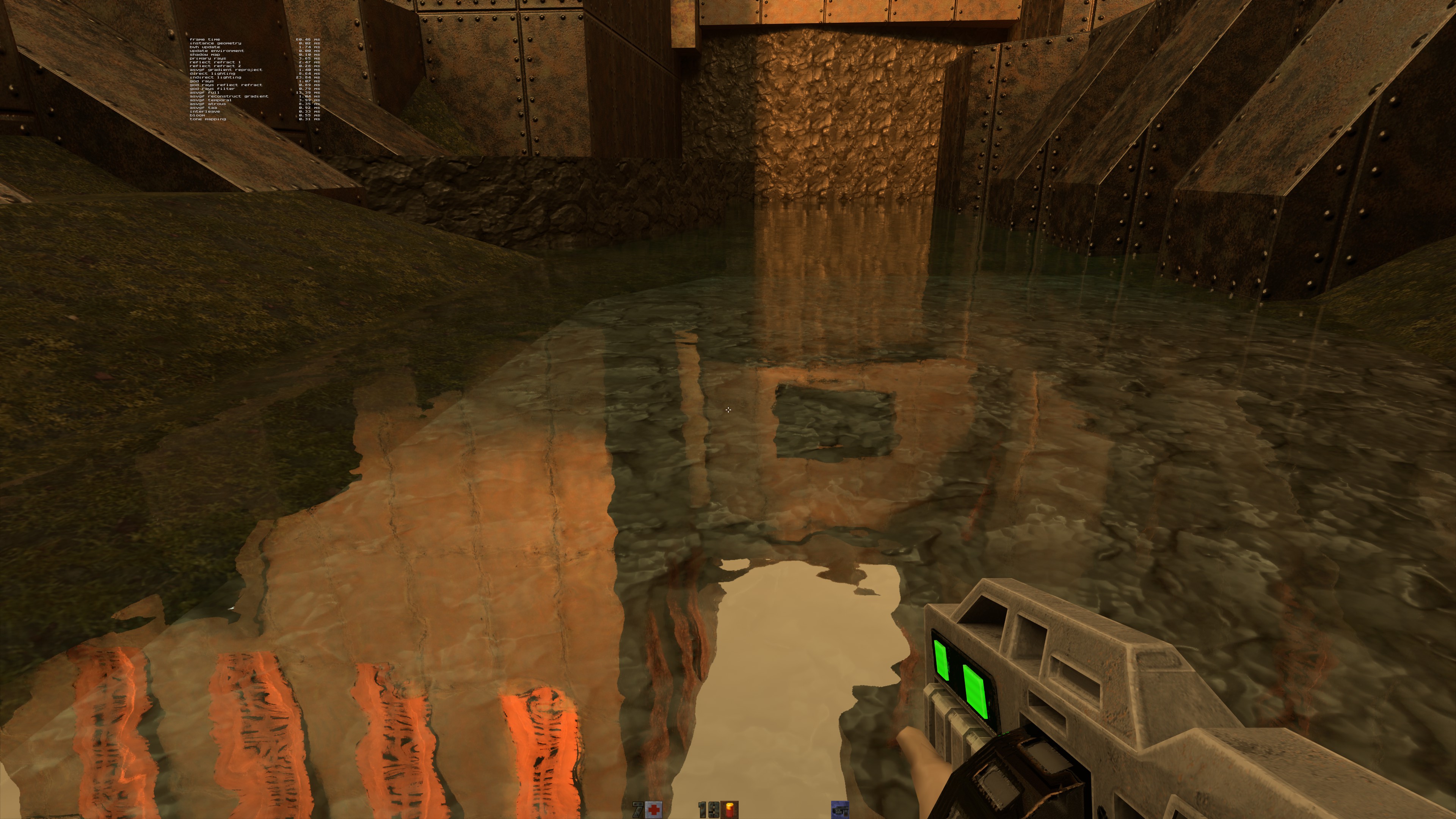
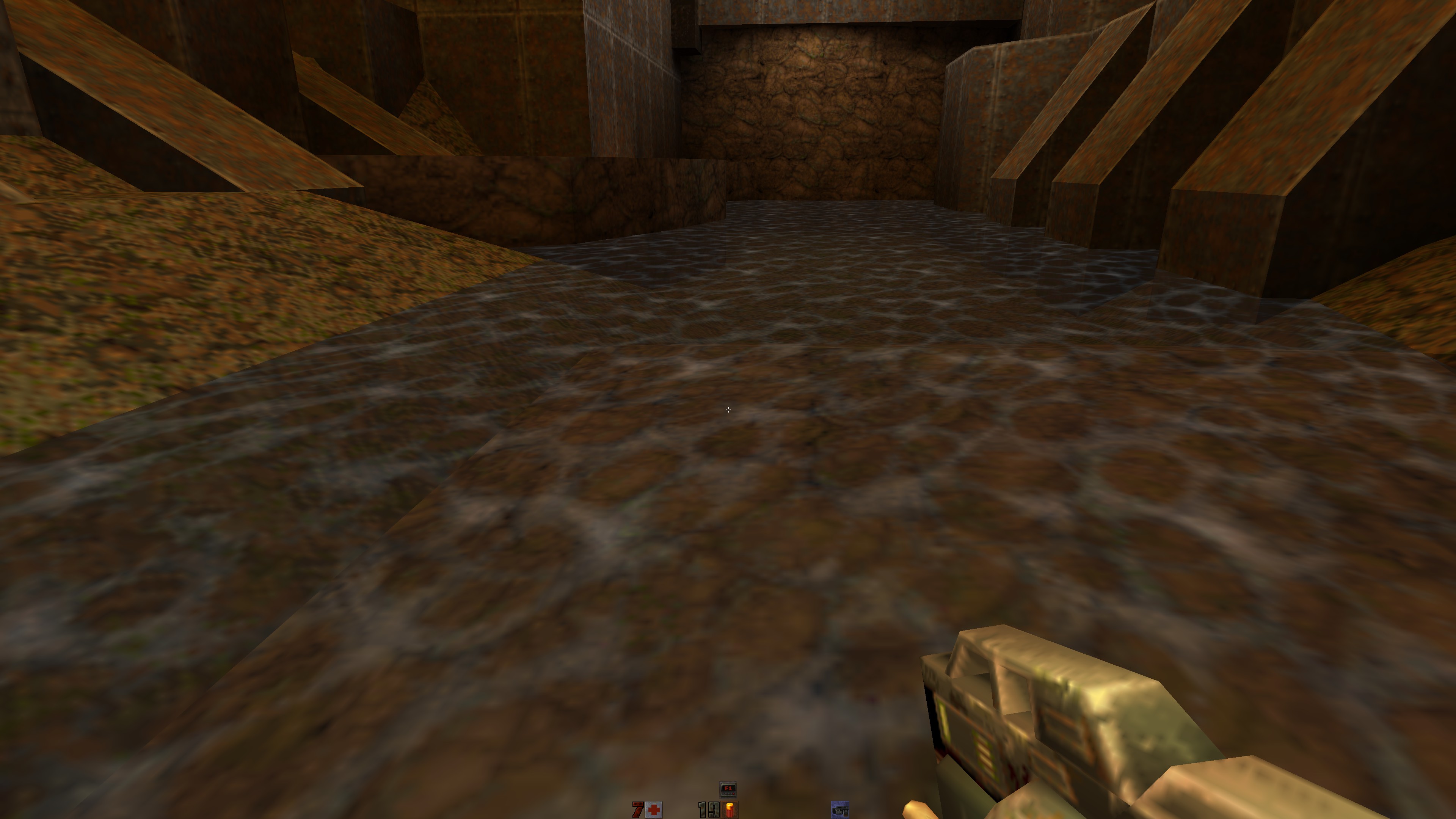
The Radeon drivers admit they currently have issues with DirectX Raytracing; the release notes for this month's driver points out the known issues in a whole swathe of DXR-enabled games.
"Metro Exodus, Shadow of the Tomb Raider, Battlefield V, and Call of Duty: Modern Warfare may experience intermittent application crashes with DirectX Raytracing enabled," so sayeth the notes.
And indeed I experienced intermittent application crashes testing Quake II RTX on the RX 6800 XT.
AMD also still has yet to turn on ray tracing support for its DXR-capable GPUs in Cyberpunk 2077. On the one hand, that isn't so unexpected—the game's already a performance hog and a buggy mess to boot, so I doubt the red team wants to flip the 'DXR On' switch right now—yet, on the other, it's a huge shame because with ray tracing enabled Cyberpunk 2077 can look stunning.
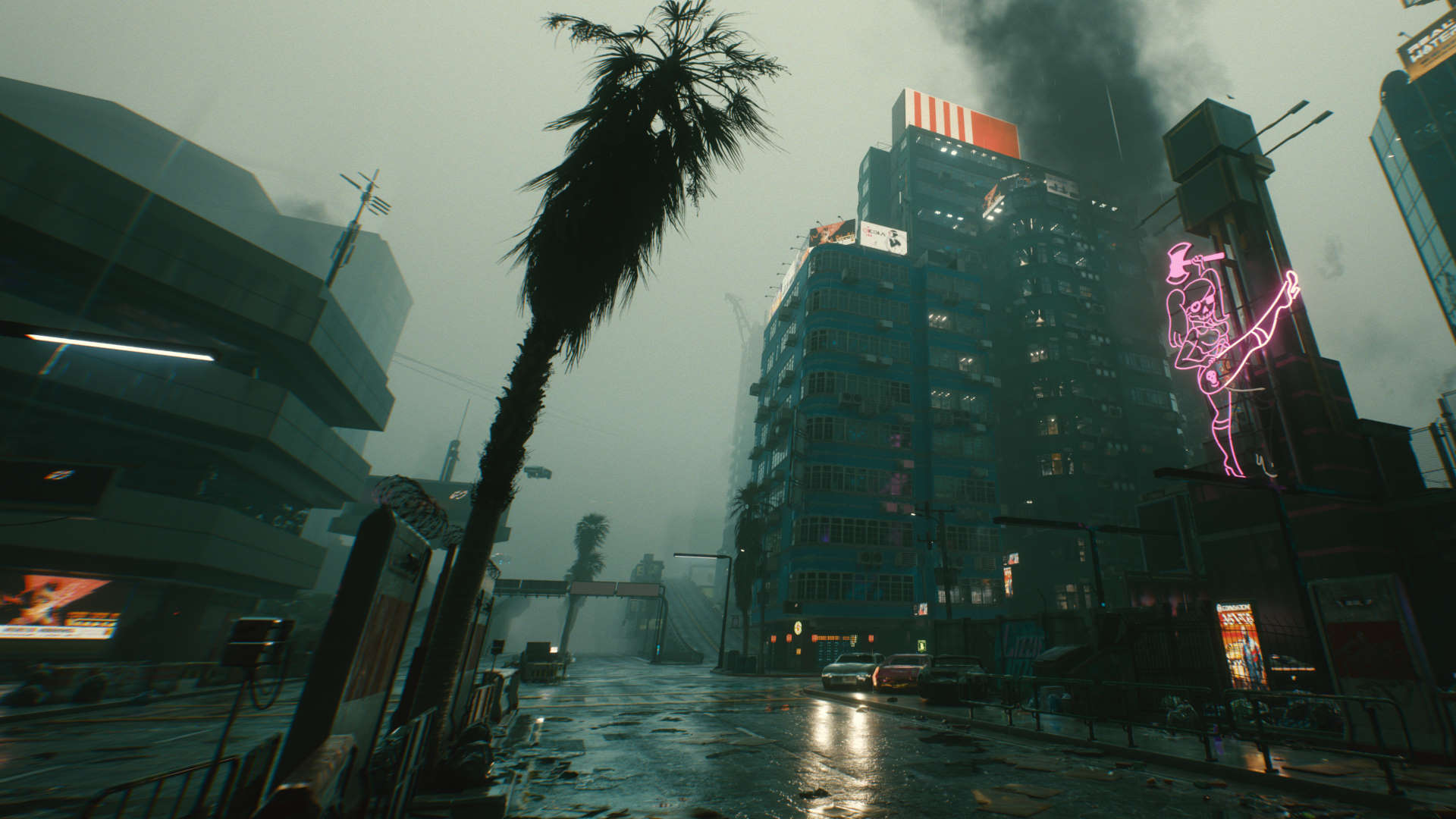
Though you really need the AI might of Nvidia's DLSS to deliver what it needs to run at a reasonable frame rate with all those simulated photons flying around. Even the Nvidia RTX 3090 struggles to render that mutha at 4K.
AMD may well have its own version of DLSS baked into Cyberpunk 2077 somewhere, however. We've heard rumours AMD has its own tech coded in there, with Radeon techies on site working to get ray tracing running. So there is a chance it could be the poster child for AMD's own ray tracing future when things calm down and the game actually, y'know, works.
But back to Quake II RTX, and we'll probably see the half-height AMD performance explained away as it failing to flourish under an extension which has ostensibly been built by Nvidia engineers. Yet the whole point of the Khronos Group having the likes of AMD, Nvidia, and Intel all part of the 150 companies making up the consortium, is so that any extension it puts out runs fairly across everyone's hardware, regardless of manufacturer.
Still, today the ray tracing ecosystem just got a little broader, and that can only be a good thing as we look to the future.

Dave has been gaming since the days of Zaxxon and Lady Bug on the Colecovision, and code books for the Commodore Vic 20 (Death Race 2000!). He built his first gaming PC at the tender age of 16, and finally finished bug-fixing the Cyrix-based system around a year later. When he dropped it out of the window. He first started writing for Official PlayStation Magazine and Xbox World many decades ago, then moved onto PC Format full-time, then PC Gamer, TechRadar, and T3 among others. Now he's back, writing about the nightmarish graphics card market, CPUs with more cores than sense, gaming laptops hotter than the sun, and SSDs more capacious than a Cybertruck.

